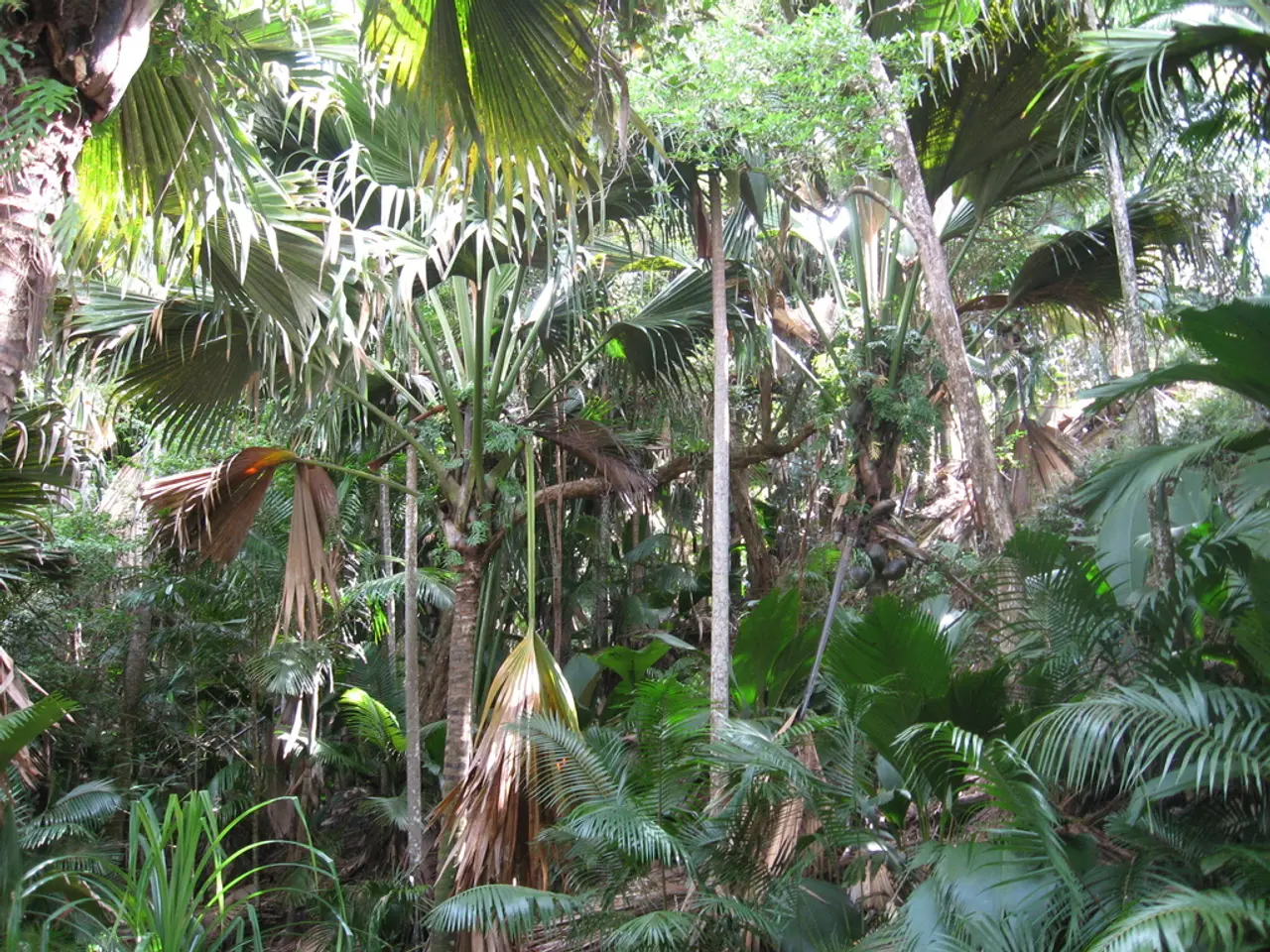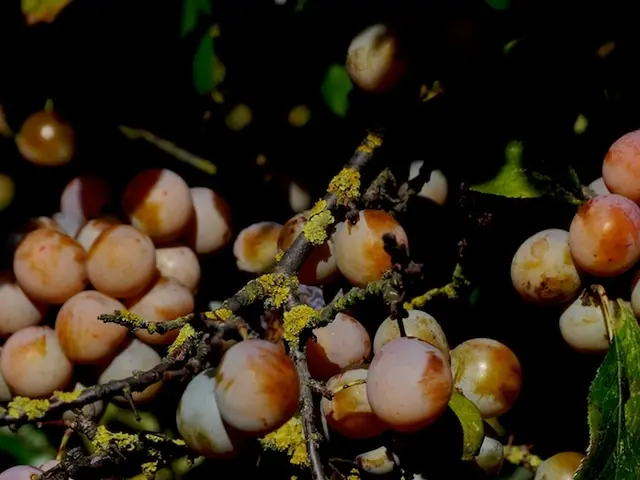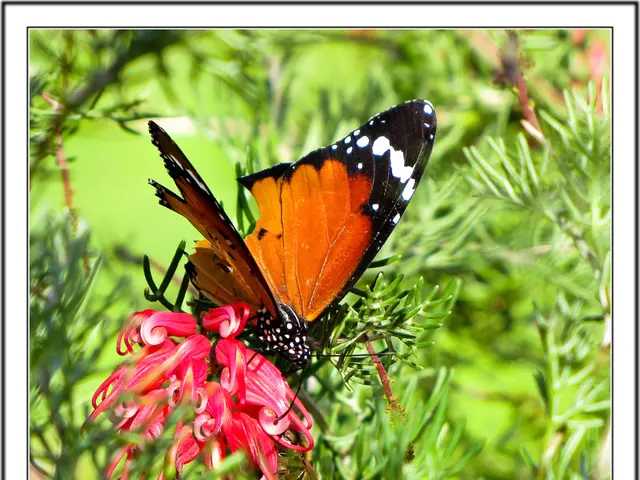Ancient Banyan Tree Has Capacity to Move and Survive for Multiple Centuries
The banyan tree (Ficus benghalensis) is a captivating and significant tree species, known for its unique growth pattern and rich cultural symbolism.
Unique Biological Traits
Reaching heights of up to 100 feet (30 meters), the banyan tree is characterised by its large evergreen habit, leathery oval glossy leaves, and tiny inconspicuous flowers inside a fleshy receptacle. The tree's small fig-like fruits are favoured by birds. The banyan tree's most distinctive feature is its growth pattern, where branches develop aerial roots that grow downward and root into the soil, becoming new trunks. This enables the tree to expand horizontally over large areas and live for centuries, sometimes over 2,000 years.
Cultural Significance
In India, the banyan tree holds great significance and is often seen as a symbol of unity, community, wisdom, and longevity due to its interconnected system of aerial roots and trunks. It is revered as a wise old figure protecting life beneath its vast canopy.
Beyond its spiritual and cultural roles, the banyan tree provides important ecological benefits such as air purification, soil conservation, and providing habitat for diverse wildlife.
The Great Banyan Tree in Kolkata
One of the most notable banyan trees is the Great Banyan Tree in Kolkata, located in the Indian Botanic Garden in Shibpur (Howrah). Despite appearing like an entire forest, it is actually a single tree with an expansive network of aerial roots and trunks that allows it to spread over a huge area—covering several acres—making it one of the largest and oldest banyan trees known.
Other Notable Banyan Trees
The Lahaina Banyan Tree, planted in 1873 on the Hawaiian island of Maui, is another famous species representative. It is 40 feet tall and has a canopy circumference spanning a quarter-mile.
The term "banyan" is used generically for several species of Ficus that have a similar life cycle and belong to one group of fig species (Urostigma). The rubber tree (Ficus elastica) is woven together with tiny banyan roots to create foot bridges in Meghalaya, India, that can live 500 years or more.
However, the giant sequoia, a species led by a 2,000-year-old tree named General Sherman living in California's Sequoia National Park, holds the record for overall volume.
Historical and Contemporary Context
The banyan tree's history dates back to 326 B.C.E., when Alexander the Great and his army were the first Europeans to encounter the Indian banyan. This encounter led to the information being reported back to Greece's Theophrastus, the founder of modern botany.
Over time, the banyan tree took on a newly dark purpose during British rule in India, often used as gallows to execute rebels who resisted their rule. Today, it continues to be associated with the god of death, Yama, and is often planted near crematoriums outside of villages in India.
When India gained independence, the people reclaimed the banyan as well, making it the national tree. In Meghalaya, India, people use the tiny roots of the banyan tree to create foot bridges across streams during the monsoon season.
Conclusion
The banyan tree's unique biological traits and rich cultural symbolism make it a truly remarkable species. Whether it's the Great Banyan Tree in Kolkata, the Lahaina Banyan Tree in Hawaii, or the countless other banyan trees scattered across the globe, this tree continues to captivate and inspire people with its grandeur and longevity.
[1] Banyan Tree
[2] Great Banyan Tree, Kolkata
[3] Lahaina Banyan Tree
[4] Banyan Tree (Ficus benghalensis)







